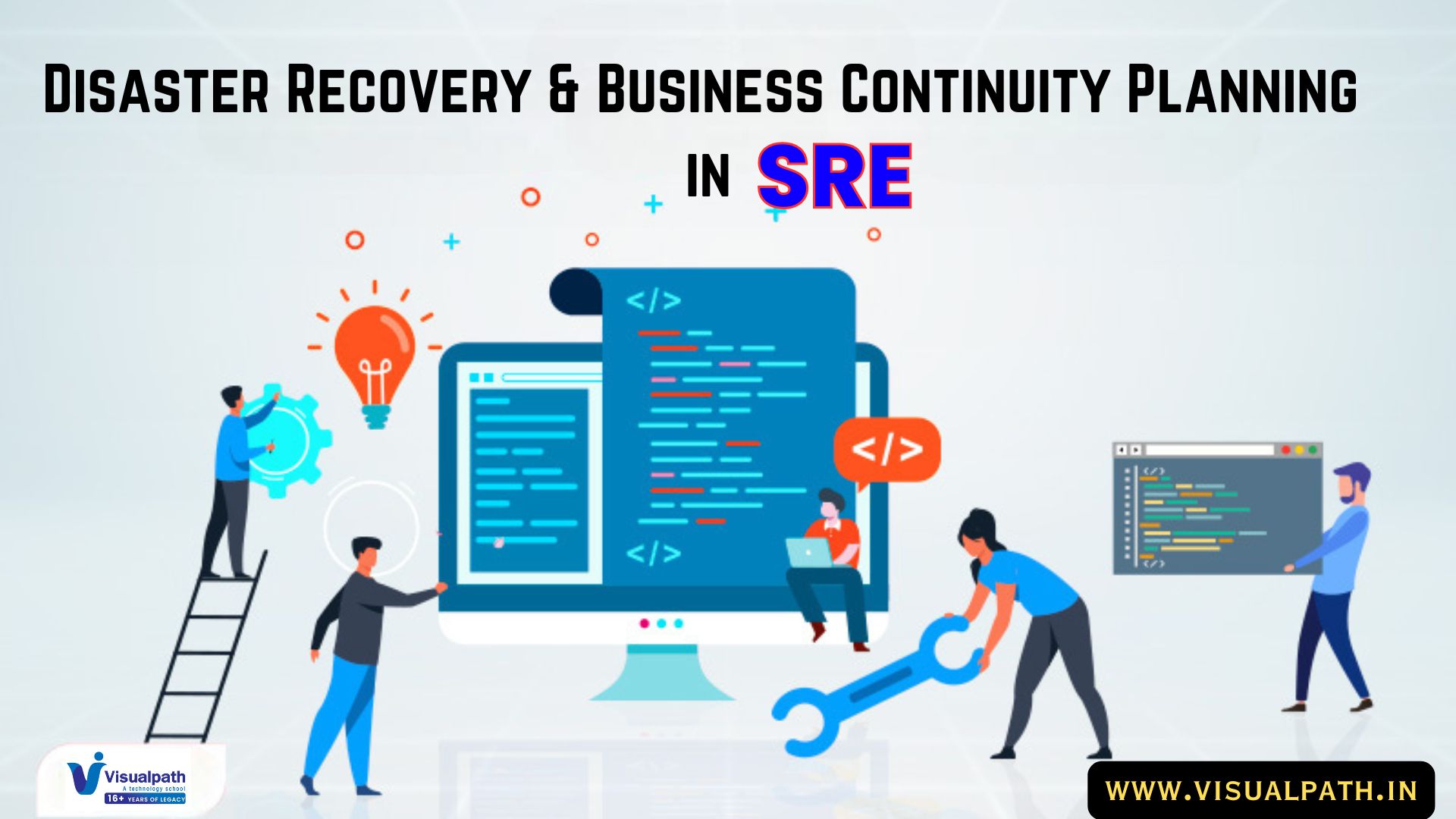Introduction:
Site Reliability Engineering (SRE) is a discipline that applies software engineering principles to IT operations, aiming to create scalable and highly reliable software systems. Developed by Google, SRE emphasizes automation, proactive monitoring, and a culture of continuous improvement. By setting clear Service Level Objectives (SLOs), managing risk with error budgets, and implementing robust incident management processes, SRE ensures high availability and performance of services. It bridges the gap between development and operations, enabling faster incident response, efficient scaling, and improved overall system reliability, thus enhancing user experience and operational efficiency. Site Reliability Engineering Training
The Need for SRE
As businesses increasingly rely on digital platforms, the expectations for uptime, performance, and rapid feature delivery grow. Downtime, slow performance, or unreliable services can lead to lost revenue, customer dissatisfaction, and damage to brand reputation. Traditional IT operations may struggle to meet these demands due to manual processes, lack of automation, and reactive problem-solving. SRE addresses these challenges by applying software engineering principles to operations, emphasizing automation, proactive monitoring, and a culture of continuous improvement. SRE Training Course in Hyderabad
Benefits of SRE
- Enhanced Reliability and Availability: SRE focuses on building and maintaining highly reliable systems. By implementing proactive monitoring, automated incident response, and redundancy, businesses can ensure their services are consistently available, reducing downtime and improving user experience.
- Scalability: As businesses grow, their systems need to handle increased loads. SRE practices enable systems to scale efficiently through automated scaling, load balancing, and performance optimization. This ensures that services remain performant under varying loads.
- Cost Efficiency: While there is an initial investment in setting up SRE practices, the long-term benefits include reduced operational costs. Automation reduces the need for manual intervention, and proactive monitoring minimizes the impact of incidents, leading to lower downtime-related costs.
- Faster Incident Response: SRE teams implement automated alerting and incident response mechanisms. This allows for faster detection and resolution of issues, minimizing downtime and ensuring a swift return to normal operations.
- Improved Developer Productivity: By automating repetitive tasks and providing reliable infrastructure, SRE frees up development teams to focus on building new features and improvements. This leads to increased innovation and faster time-to-market.
- Data-Driven Decision Making: SRE practices involve extensive monitoring and logging. This data provides valuable insights into system performance and user behaviour, enabling informed decision-making and continuous improvement.
Key Components of SRE
- Service Level Objectives (SLOs): Define clear and measurable targets for service performance and reliability. These objectives guide the efforts of the SRE team and set expectations for stakeholders. Site Reliability Engineer Training
- Error Budgets: Establish acceptable levels of risk by defining error budgets, which represent the allowable downtime or performance degradation. This helps balance reliability with the need for rapid feature delivery.
- Automation: Implement automation for repetitive tasks, including deployment, scaling, and incident response. This reduces human error and increases efficiency.
- Monitoring and Alerting: Set up comprehensive monitoring systems to track key performance indicators (KPIs) and alert teams to potential issues before they impact users.
- Incident Management: Develop a robust incident management process, including automated alerting, playbooks for common issues, and post-incident reviews to learn and improve.
- Capacity Planning: Regularly assess system capacity and plan for future growth to ensure that services can handle increased loads without compromising performance.
Implementation Strategy
- Executive Buy-In: Secure support from top management by presenting the benefits of SRE, including improved reliability, cost savings, and enhanced customer satisfaction.
- Build a Cross-Functional Team: Form a dedicated SRE team with a mix of software engineers and operations professionals. Ensure they have the necessary skills and tools to succeed. Site Reliability Engineering Online Training
- Start Small and Scale: Begin with a pilot project to demonstrate the value of SRE. Choose a critical service or application, implement SRE practices, and measure the impact.
- Invest in Tools and Training: Provide the SRE team with the necessary tools for automation, monitoring, and incident management. Invest in training to ensure they are well-versed in SRE principles and practices.
- Foster a Culture of Collaboration: Encourage collaboration between development and operations teams. Promote a culture of shared responsibility for reliability and performance.
- Measure and Iterate: Continuously monitor the impact of SRE practices on service performance and reliability. Use this data to refine processes, improve automation, and drive continuous improvement.
Conclusion
Implementing Site Reliability Engineering (SRE) can transform your organization’s approach to managing large-scale systems and services. By focusing on reliability, scalability, and automation, SRE enables businesses to deliver consistent, high-quality services to their customers. While there is an initial investment required, the long-term benefits of enhanced reliability, cost efficiency, and improved developer productivity make SRE a compelling proposition for any organization aiming to succeed in today’s digital landscape. Secure executive buy-in, start with a pilot project, and invest in the necessary tools and training to make SRE a cornerstone of your IT strategy.
Visualpath is the Best Software Online Training Institute in Hyderabad. Avail complete Site Reliability Engineering worldwide. You will get the best course at an affordable cost.
Attend Free Demo
Call on – +91-9989971070
WhatsApp: https://www.whatsapp.com/catalog/917032290546/
Visit: https://visualpath.in/site-reliability-engineering-sre-online-training-hyderabad.html




